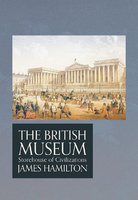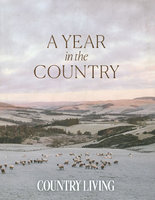New, Quality Gift Books - 50-90% off - over 2500 titles
Your basket is empty.
Categories Last Chance to buy! TRAMS OF THE BRITISH ISLES 1945-1962
TRAMS OF THE BRITISH ISLES 1945-1962
Book number: 93264
Product format: Paperback
In stock
Bibliophile price
£2.75
Published price
£7.95
Customers who bought this product also bought
|
FLOWERPOT FORAGER
Book number: 94655
Product format: Hardback
Bibliophile price
£6.50
Published price
£14.99
|
CONFESSIONS OF A STEAM-AGE FERROEQUINOLOGIST
Book number: 93215
Product format: Paperback
Bibliophile price
£2.75
Published price
£16.99
|
ENGLAND'S VILLAGES: An Extraordinary Journey Through Time
Book number: 94654
Product format: Hardback
Bibliophile price
£10.00
Published price
£25
|
|
100 YEARS OF CHILDREN'S BOOK WEEK POSTERS
Book number: 94343
Product format: Hardback
Bibliophile price
£8.50
Published price
£27.50
|
BRITISH MUSEUM: Storehouse of Civilizations
Book number: 94229
Product format: Hardback
Bibliophile price
£5.50
Published price
£18.99
|
YEAR IN THE COUNTRY
Book number: 93680
Product format: Hardback
Bibliophile price
£6.50
Published price
£20
|
Browse these categories as well: Last Chance to buy!, Great Britain, Maps & the Environment, Transport








